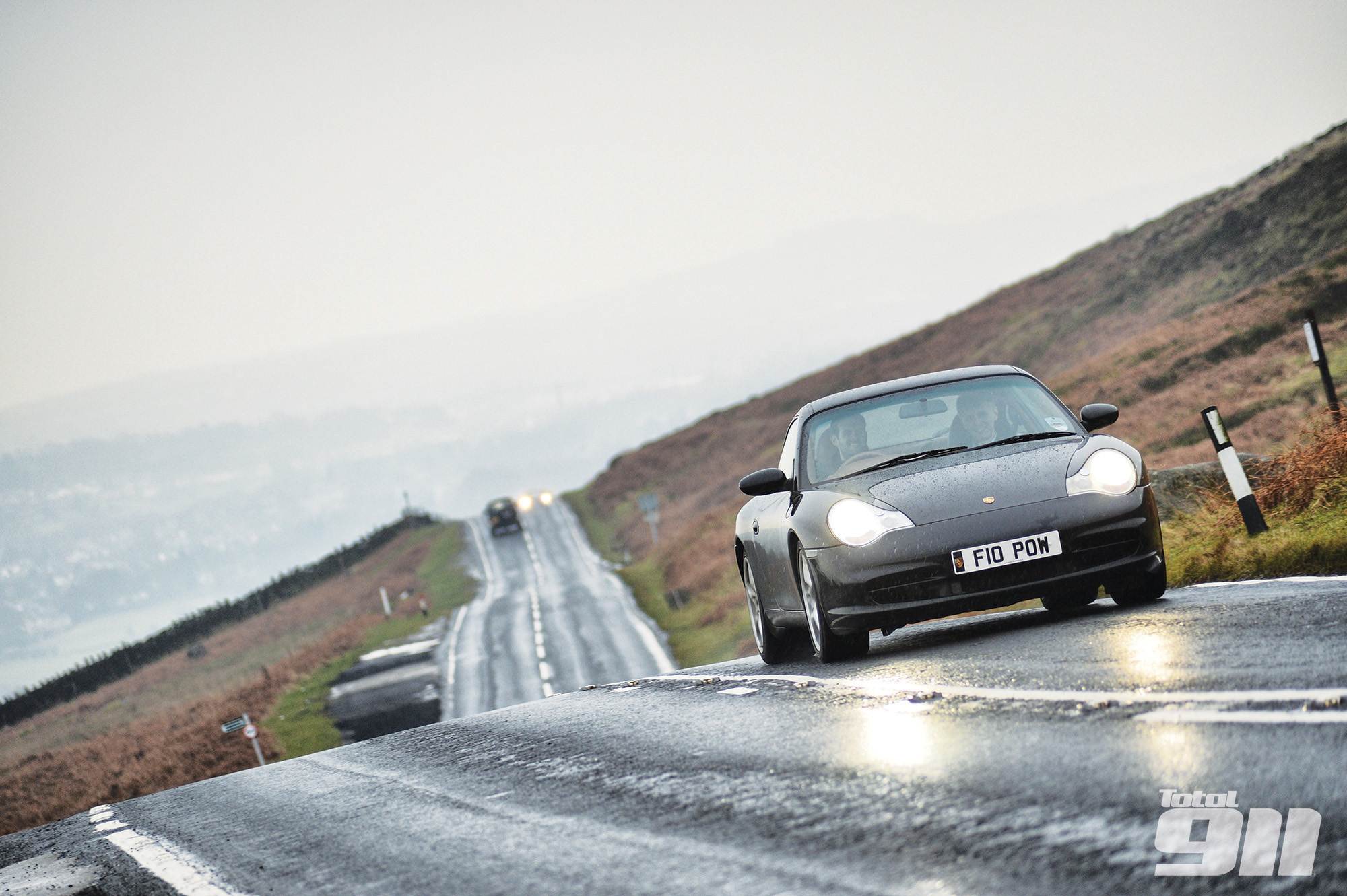In praise of the Porsche 996 Carrera
‘Thank goodness for the 996’. Granted, it’s not a sentence you’re likely to hear too often from a Porsche enthusiast, if ever at all. In fact, you only need take in a brief observation of the internet to stumble across a plethora of forum threads and articles dedicated to defaming the virtues of Porsche’s first water-cooled 911. So is the 996-generation of 911 really that bad a catastrophe for Porsche? The answer, emphatically, is no.

History tells us the 911 has had a few close shaves with mortality. In the Seventies, impact bumpers had to be incorporated for the G-series cars in order to comply with US road safety laws, and engine adjustments in the 911 range were necessary to meet stringent Stateside emissions tests – all undertaken by Porsche to help safeguard a huge export market for the model. Then there was that oh-so famous meeting between incoming CEO Peter Schutz and lead developer Helmut Bott in the latter’s office at the time of the flagging SC. After ingesting the wall-mounted production timeline of the 911 that stopped abruptly the following year, Schutz promptly picked up a pen and continued the line not only to the end of the graph, but all along the wall and even around the corner. Thanks to Schutz, the 3.2 Carrera was hastily introduced shortly after, and the 911 lived on once more.
However, if the 3.2 Carrera can lay claim to being the model that saved the 911 (see our 16-page celebration in the current issue of the magazine for more) then the 996 can take the credit for being the car that saved Porsche.
By the turn of the Nineties, Porsche were widely reported to be in a near-perilous financial state. Great sportscars were still leaving the factory floor (read ‘the 993’), but profit margins were strained. Something needed to be done.

Step forward the 996: a new-era 911 designed by Pinky Lai, complete with an engine cooled by water and built in tandem with the new 986 Boxster platform. Many parts were shared, keeping labour and outsourcing to a minimum while, crucially, maximising profits. Sales of both cars were healthy (nearly 79,000 996 Gen1 Carreras were sold compared to 38,000 993 Carreras before it) and the company, as we well know, duly turned a corner. A facelifted 996 was released to satisfy those who lamented those admittedly divisive front headlamps, and Zuffenhausen’s premier sportscar has since evolved further and still lives on today (so too does the Boxster).
It’s sad then that Porsche’s saviour 911 has to put up with an unfair legacy full of hyperbolic scored bores and failed IMS bearings alike.
For sure, a small proportion of 996s have suffered here, but nothing like the scale that forums will have you believe. Contrary to that, most run fine: we’ve even taken a drive in a 173,000-mile 996 Carrera for a recent feature and reveled in its ability to still delight – without any form of engine rebuild in sight (Total 911 issue 113).

Better still, the 996 Carrera now makes for a phenomenal entry-level foray into 911 ownership, with examples readily available for as little as £10,000. There’s not much else in the contemporary market that can offer such rewarding performance for so little cash.
So, next time you come across undue slander against the 996, remember there’s an awful lot about that particular 911 that we Porsche enthusiasts must be forever thankful for.
Do you agree? Comment below or tweet us @Total911 with your thoughts.

Comments (38)